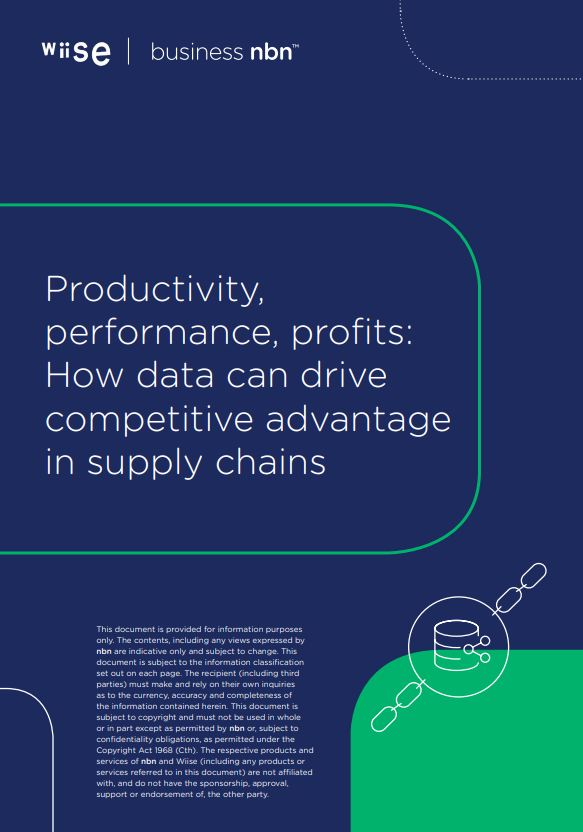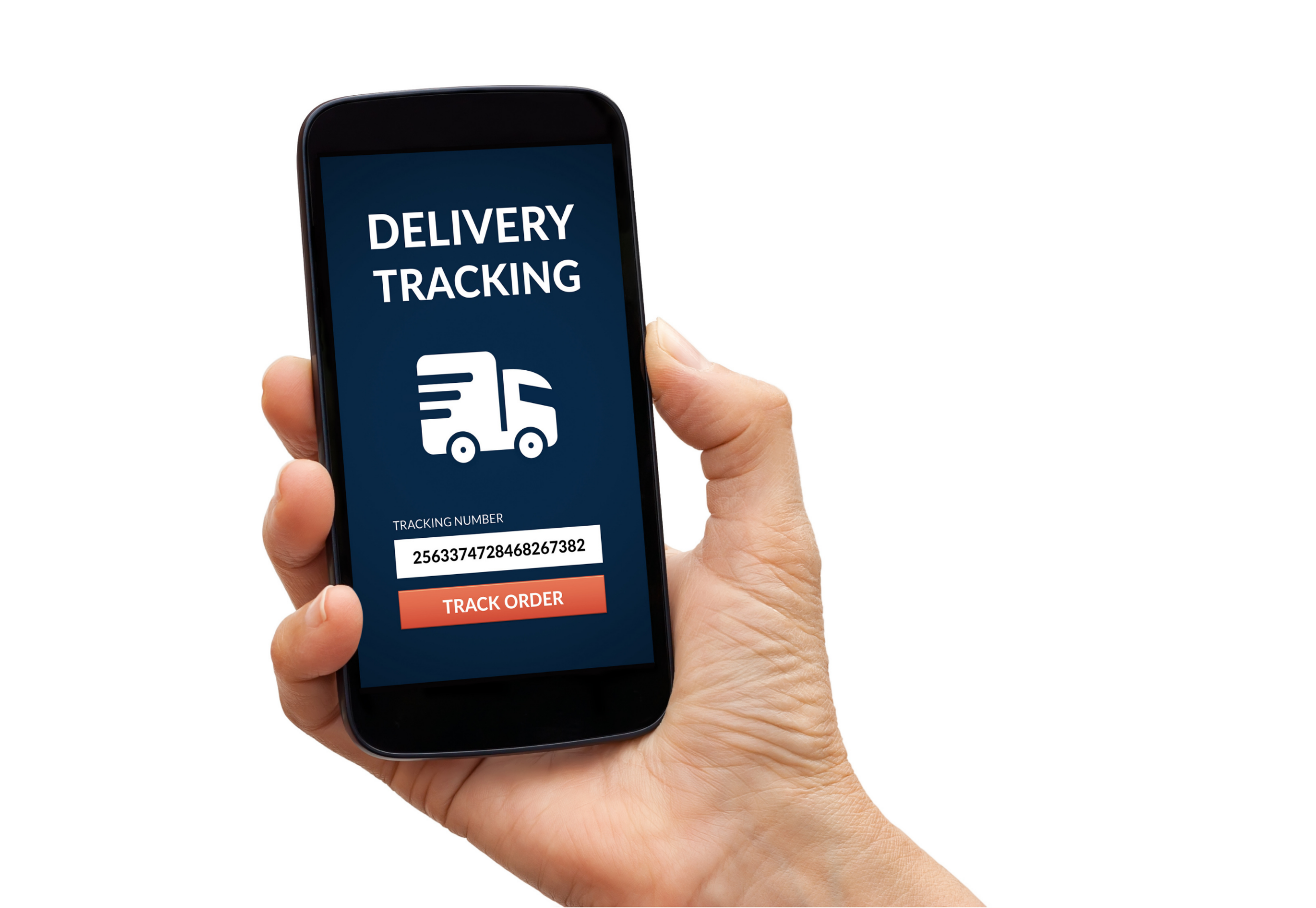How data can help build a more efficient supply chain
Data-driven technology that provides an end-to-end overview of supply chain performance was once seen as something for only the big end of town, perhaps due to perceived factors such as high implementation costs or the management resources required.
However, widespread access to fast broadband via the nbn™ network combined with the growing availability of cloud-based tools are putting this technology within reach of more small to medium-sized businesses (SMBs).
As market shifts and changing customer needs put pressure on those with supply chains to be better, faster and more accurate, businesses that can harness the power of data have the opportunity to glean rich insights that make it easier to stay responsive in the face of uncertainty.
So, how can technology, and the data it produces, make a positive difference to supply chain management?

Remote access

Customer insights
Demand forecasting

Workplace safety
Customer experience

Manual processes
Access to technology
The future of supply chains is increasingly digital, with enabling factors such as fast network connectivity and more accessible data analytics offering SMBs the tools and insights to improve their supply chain performance at nearly every stage.*
“Having real-time visibility over your inventory is absolutely key to business success,” says Henry Brunekreef, Director of Operations Advisory and National Leader, Supply Chain Management for KPMG Australia.
“I’d even go as far as saying that, especially for an SMB, that type of visibility is a new currency within a supply chain.”
SMBs that take advantage of these tools and resources now available to them may be better positioned to harness data-driven insights to stay agile and adapt quickly to future challenges.
* An end customer’s experience, including the speeds actually achieved over the nbn™ broadband access network, depends on the nbn™ access network technology and configuration over which services are delivered to their premises, whether they are using the internet during the busy period, and some factors outside of nbn’s control (like their equipment quality, software, chosen broadband plan, signal reception, or how their provider designs its network). Speeds may also be impacted by the number of concurrent users on the nbn™ Fixed Wireless network, including during busy periods. Satellite end customers may also experience latency.
^ This blog summarises some of the key findings from the whitepaper which was produced by nbn and Wiise. The information contained in the whitepaper is general in nature. It is not intended to constitute, and should not be relied on as, commercial or legal advice for your particular circumstances. You should seek independent advice, before acting on information contained in this blog or the whitepaper. nbn does not guarantee or warrant the accuracy, completeness or currency of the information provided in this blog or the whitepaper. The respective products and services of nbn and Wiise (including any products or services referred to in this blog or the whitepaper) are not affiliated with, and do not have the sponsorship, approval, support or endorsement of, the other party.


